Mindful Travel in Nepal (2026/2027): Slow Down, Connect Deeply, Travel Consciously
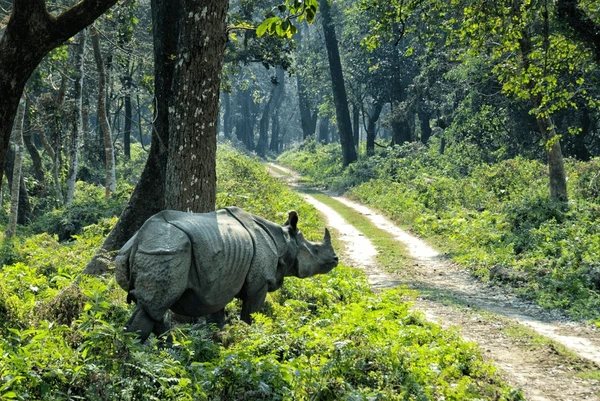
Mindful travel in Nepal is more than sightseeing—it’s purposeful, respectful, and regenerative. As responsible tourism and sustainable trekking surge in 2026 and 2027, Nepal invites travelers to move slowly, honor culture, choose eco-friendly options, and leave a positive impact from Kathmandu Valley to Everest, Annapurna, Langtang, and Mustang.
What Is Mindful Travel in Nepal?
Mindful travel means journeying with awareness—of people, place, and planet. In Nepal’s sacred landscapes and diverse communities, that looks like:
- Choosing eco-lodges and community-based homestays
- Practicing cultural etiquette at temples and monasteries
- Supporting local guides, women-led businesses, and artisan markets
- Reducing waste on trekking routes with refillable bottles and plastic-free gear
Mindful Interactions with People (Culture-First Travel)
1) Greet with “Namaste.” Hands at heart, gentle bow—a universal sign of respect.
2) Learn before you go. Nepal hosts 125+ ethnic groups; read up on Newar, Sherpa, Tharu, Tamang, Gurung cultures and festivals.
3) Dress modestly. Cover shoulders/knees in rural areas, temples, and monasteries.
4) Ask before photographing. Especially monks, women, and ceremonial events.
5) Spend locally. Hire licensed local guides, eat at family-run eateries, and buy handmade crafts directly from artisans to fuel community tourism.
Mindful Interactions with Nature (Sustainable Trekking)
1) Stay on marked trails. Prevent erosion and protect alpine biodiversity.
2) Respect sacred landscapes. Sites like Gosaikunda, Manaslu, and Muktinath are spiritual; move quietly and reverently.
3) Pack-in, pack-out. Go zero-waste: water filter, tiffin/lunchbox, fabric shopping bag.
4) Choose eco-friendly stays. Look for solar, rainwater harvesting, waste segregation, and local sourcing.
Mindful Interactions with Culture & Spirituality
- Keep silence inside temples/monasteries; phones on silent.
- Don’t touch sacred objects unless invited. Never point your feet at statues or elders.
- Join respectfully. If welcomed into a puja, tea ceremony, or festival dance, participate with humility.
Practical Tips for 2026/2027 Travelers
- Permits & checkpoints: Always carry valid trekking permits and ID; use authorized checkpoints on popular routes.
- Health & altitude: Prepare for altitude acclimatization, carry a basic first-aid kit, and trek with qualified guides.
- Seasonality:
- Autumn (Sep–Nov): prime trekking, clearer skies
- Spring (Mar–May): blooms, pleasant temps
- Winter (Dec–Feb): clear but cold in mountains; great in Terai
- Monsoon (Jun–Aug): lush scenery; choose rain-shadow regions like Upper Mustang
- Autumn (Sep–Nov): prime trekking, clearer skies
- Connectivity & cash: ATMs in cities; carry cash for rural regions. eSIMs help in cities; expect limited data on trails.
- Insurance: Opt for travel insurance with high-altitude coverage.
Where Your Money Matters Most (Impact Travel)
- Hire local, licensed trekking crews (guides/porters).
- Sleep small, local, and green (homestays, eco-lodges).
- Eat Nepali and seasonal (dal bhat, gundruk, millet, yak dairy in highlands).
- Shop fair (woodcarving, paubha/Thangka art, hand-woven textiles).
Sample Mindful Itineraries (2026/2027)
1) Slow Kathmandu (3–4 days):
Heritage walks in Bhaktapur & Patan, Newari architecture courtyards, monastery meditation, pottery workshop, farmer’s market brunch.
2) Conscious Trek (7–12 days):
Annapurna Base Camp / Poon Hill / Langtang with refill stations, lodge stays using solar, plastic-free lunches, bird-watching with local naturalists.
3) Culture + Jungle (5–7 days):
Lumbini (Buddha’s birthplace) + Chitwan/Bardia for community safaris run by conservation partners.
Packing for Responsible Travel
- Water purification (filter/tablets), steel bottle, compact tote
- Layered clothing, rain jacket, sun protection
- Trekking boots, headlamp, power bank
- Basic meds, blister care, electrolytes
- Respect kit: scarf/shawl for temples, reusable cutlery, small trash bag
Why Mindful Travel Matters in 2026/2027
- Protects Himalayan ecosystems and wildlife corridors
- Preserves sacred traditions and intangible heritage
- Powers rural livelihoods and women-led enterprises
- Keeps tourism net-positive for future generations
FAQs (SEO)
Is Nepal safe for solo travelers in 2026/2027?
Yes—stick to marked routes, hire licensed guides for treks, and follow local advice.
What’s the best time to trek?
Autumn and spring are most popular; winter for clear skies at lower altitudes; monsoon for rain-shadow areas like Upper Mustang.
Do I need travel insurance?
Absolutely—choose plans covering high altitude and helicopter evacuation.
How can I reduce plastic use?
Carry a filter bottle, say no to single-use packaging, and refill at safe stations.
Travel as a Dialogue
In 2026 and 2027, let mindful travel in Nepal guide every choice—from how you greet to where you sleep. Move slowly, listen deeply, and give back as you go. Your photos will fade, but your positive impact, friendships, and understanding will last.
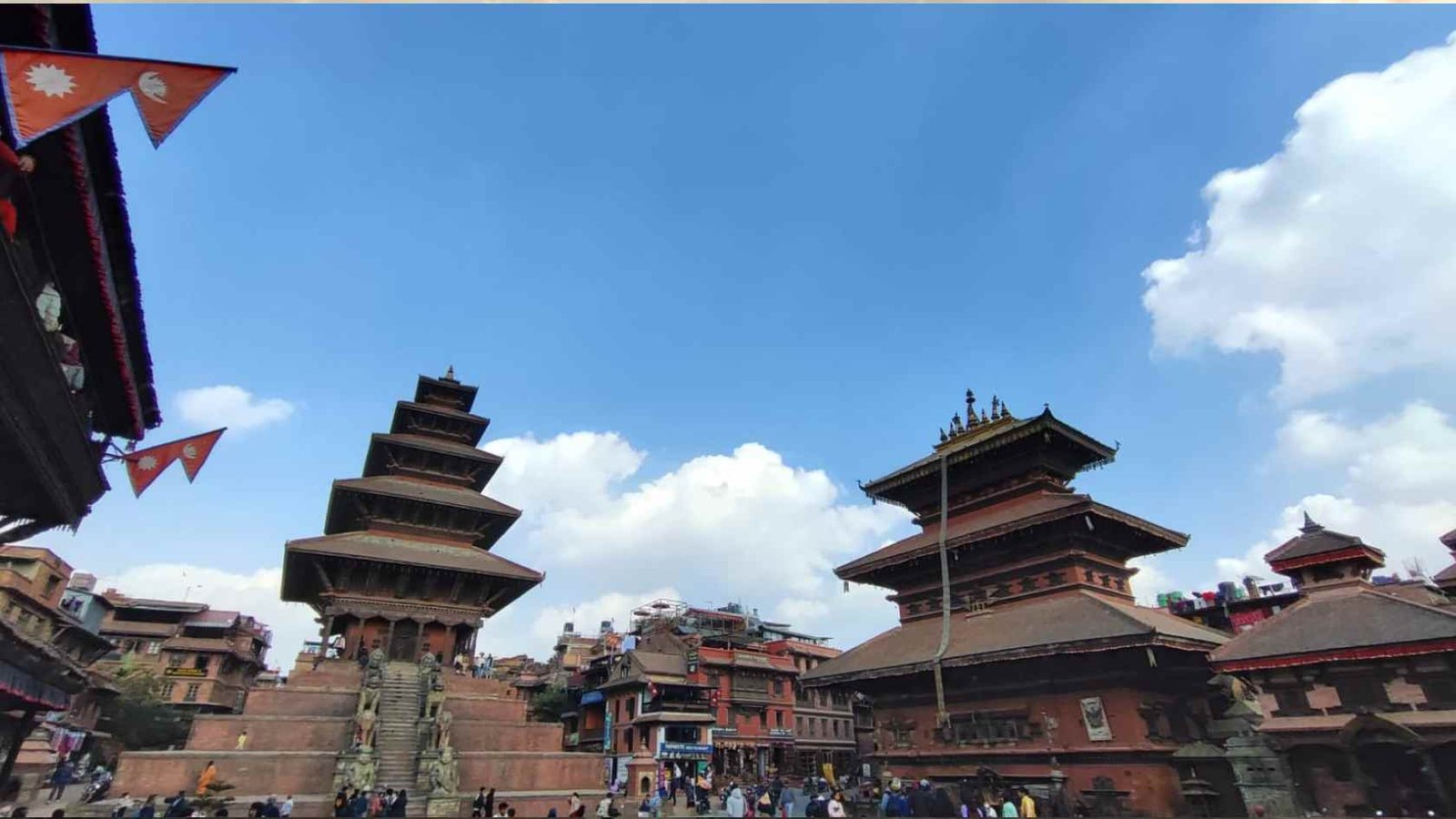


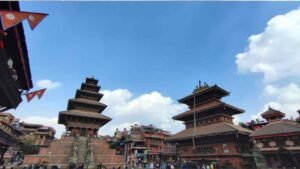
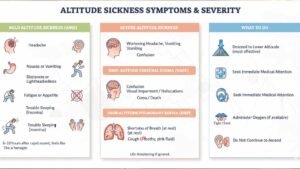
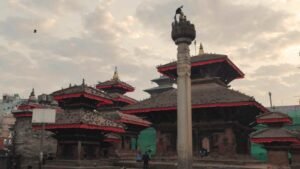
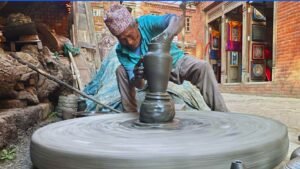
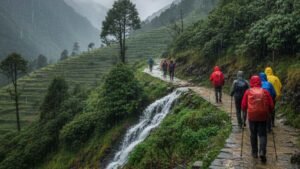
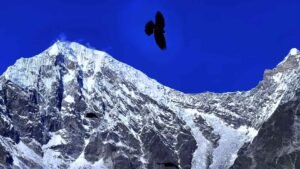
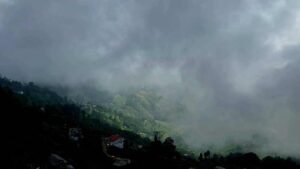

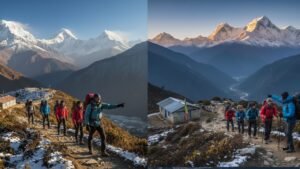
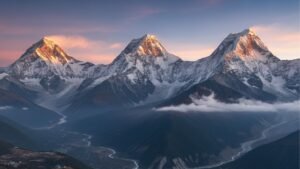
Post Comment